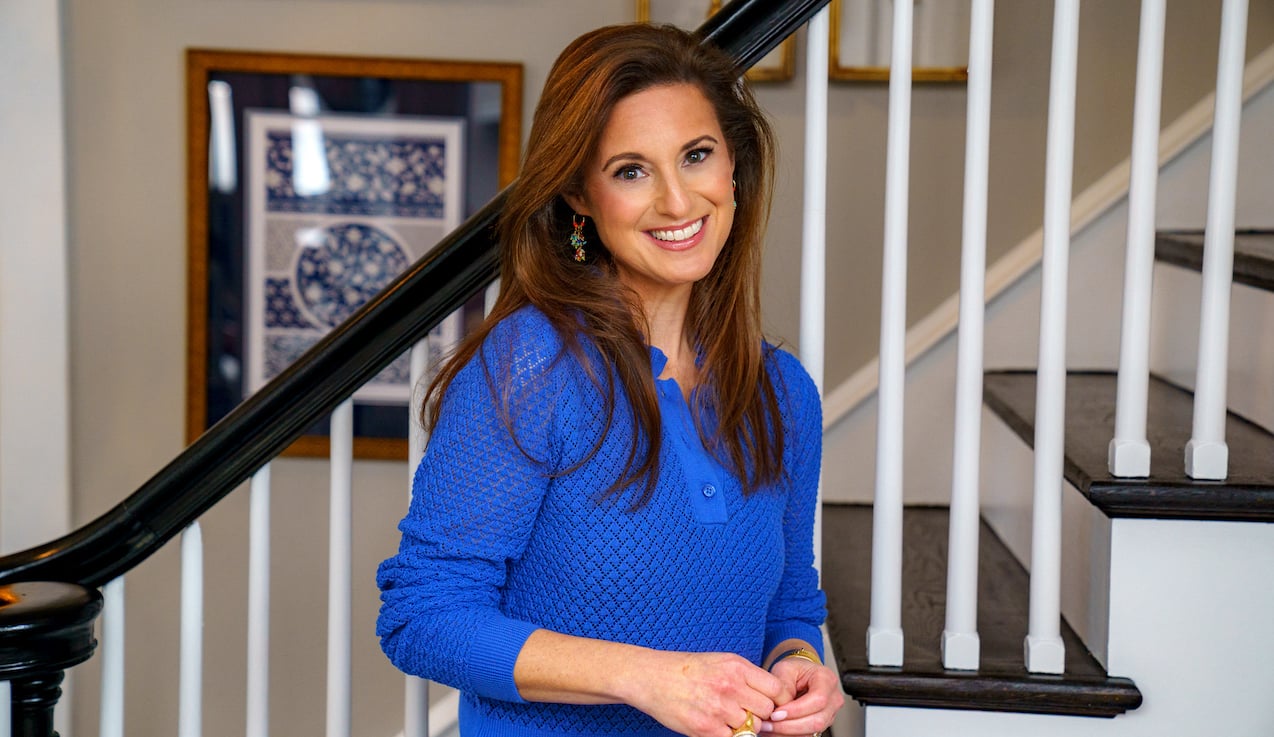As students finalize their college lists and where they plan to apply "early," they start to hear where their classmates and friends are applying.
This often raises doubts among students and sometimes leads them to question their initial plan. They wonder whether their chances will decrease at a certain college if other students from their high school are applying. When they ask me about it, they will often use the term "quota" to refer to whether or not colleges put a cap on the number of students they will take from a certain high school.
So do colleges have quotas on the number of students they will admit from a particular high school? The answer to this question is just as complicated as the term "quota" is itself.
Most colleges will claim that they do not limit the number of students they admit from a certain high school. But colleges consider a lot of factors before making a decision on any student:
- How many students apply from the high school that year.
- When they apply (i.e. Early Decision, Early Action, Regular Decision). For example, students who apply in the Early Decision round tend to get admitted at higher rates than the students who apply Early Action and Regular Decision. Thus, high schools who have a number of Early Decision students applying tend to see better results as a whole in the Early Decision round.
- Whether any "special" cases are being admitted like a recruited athlete, legacy applicant, or other institutional priority in that round of admission.
- How rigorous the curriculum is, how high the grades and test scores are, and how strong the rest of the application for each student is individually and compared to each other from the same high school.
- How many students have been admitted from that high school in the past.
For the more selective colleges, they are keenly aware of optics. If they admit a recruited athlete in Early Decision or Early Action whose GPA or class rank is lower than a non-recruited athlete from the same high school, they sometimes will admit the non-recruited athlete or at least defer them to Regular Decision. The college doesn't want to be viewed as though they are only admitting special cases, even when that is the reality.
When I was an admissions officer and dean of admission, I always said that the number of students we admitted from a certain high school depended on the quality of applications we received that year. As much as we could look back and see how many students we typically admitted from a high school in the past, we had to focus on the current year. And we also had to pay attention to any new developments and institutional priorities that had changed from the previous year. For example, if a college overenrolled the year before, they will most likely need to be less generous to certain high schools than they have in the past. However, it is simply impossible to guess a college's institutional priorities because they change every single year and they usually don't share them with the public.
In the end, highly selective colleges are inherently "highly selective." If you are applying to one of these colleges, which I define as those with an acceptance rate of 25% or less, then you want to be aware of how competitive it will be whether you are the only student applying to that college or if you are one of many applying from your high school. It is also important to consider that the days of a highly selective college admitting large numbers of students from a particular high school are pretty much a thing of the past. Highly selective colleges feel the pressure to diversify the high schools they admit from.
For colleges with higher acceptance rates, admitting a larger number of students from the same high school is still fairly common. I encourage students to use their high school's college counseling platforms like Naviance, SCOIR, or Cialfo. These platforms have scattergrams that allow the student to see how their GPA and test scores compare to the students from their high school who have been admitted to that college in the past.
Colleges insist that quotas no longer exist in the admissions process. But quirks are still rampant. It is highly possible that a college will admit more or possibly less students from a particular high school than they usually do. We cannot predict the institutional priorities of a college, a particular admissions officer's biases, or even who else from the high school is applying until the dust settles.
READ MORE: How to Answer the 10 Trickiest Questions on the Common App
In the meantime, I encourage students to focus on themselves in this moment. If they know that they are objectively competitive for a college and they have put together the strongest application possible, then the rest is out of their hands. Quotas, quirks, and anything else unexpected in the admissions process can raise doubts. But in the end, each student can be sure of one thing—that they have done everything they can to position themselves for success.












